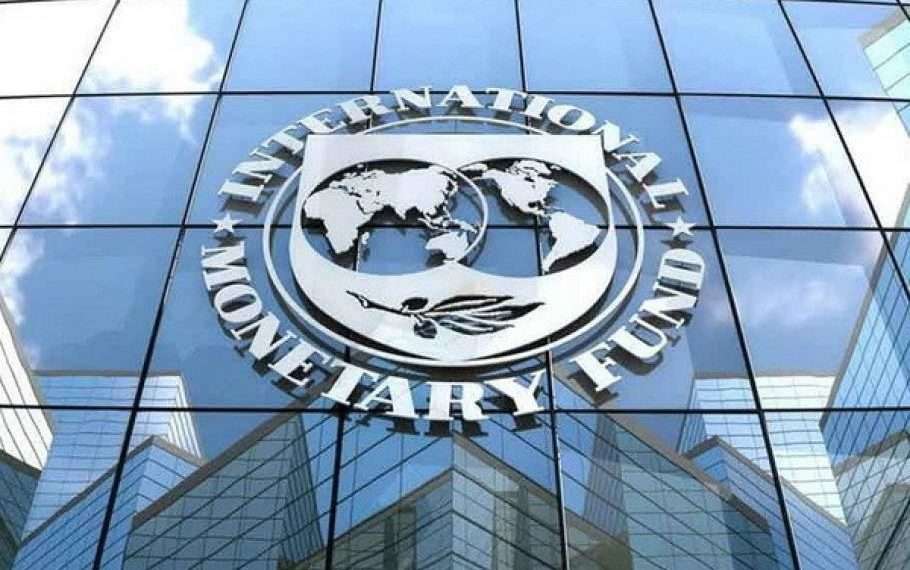The International Monetary Fund (IMF) has projected that the global economy will maintain a steady pace of growth, with a forecasted rate of 3.2% for both 2024 and 2025.
Despite this stability, the growth rate remains below the historical average of 3.8% recorded between 2000 and 2019. This moderate yet consistent growth trajectory is expected to be influenced by several factors, including restrictive monetary policies and the gradual withdrawal of fiscal support measures.
Central banks worldwide are implementing measures aimed at curbing inflation, which has led to a cautious approach to economic stimulus.
Pierre-Olivier Gourinchas, the IMF’s Chief Economist, provided insights into the current state of the global economy during a press briefing held in Washington, DC. Gourinchas highlighted the resilience exhibited by the world economy, despite facing significant challenges.
Gourinchas noted that despite central bank interventions to address inflation concerns, global economic activity has continued to expand steadily, buoyed by favorable supply-side developments.
“Global growth, estimated at 3.2% in 2023, is projected to continue at the same pace in both 2024 and 2025. Meanwhile, global headline inflation is expected to fall from an annual average of 6.8% in 2023 to 5.9% in 2024 and to 4.5% in 2025.”
Pierre-Olivier Gourinchas
Gourinchas, in his assessment of the global economy, painted a picture of a future as precarious as it is promising. The chief economist noted that while the outlook remains balanced, the near-term risks are weighed more heavily on the downside.
Among these risks, Gourinchas highlighted the potential resurgence of geopolitical tensions and the possibility of price spikes, which could lead to an increase in interest rate expectations and a corresponding drop in asset prices.
The Path to Economic Recovery
The IMF chief economist, moreover, offered a sobering reminder that the path to economic recovery may not be a straight line, but a winding road that can lead to unexpected twists and turns. On the downside, he cautioned that high-interest rates could act as a powerful brake on economic activity, potentially leading to greater slowdown than anticipated. At the same time, he added that fiscal policy could become more expansionary in the run-up to elections, which could prove costly down the road

With inflationary pressures abating more swiftly than expected in many countries, risks to the inflation outlook are now also broadly balanced.
“The priority is to ensure that inflation converges to our target levels smoothly. Calibrating the timing of policy adjustments to individual countries’ circumstances. At the same time, heightened attention must now be paid to rebuilding fiscal buffers to guard against future shocks, make room for priority investments, and to ensure debt sustainability.”
Pierre-Olivier Gourinchas
With inflation and debt reduction as key objectives, Gourinchas urged policymakers to focus on supply-enhancing reforms that could spur growth and help alleviate economic pressures. He suggested that governments must take concrete steps to increase productivity and competitiveness, thus positioning their economies for sustainable long-term growth. He also advocated for international cooperation, urging nations to work together on global challenges such as climate change and geo-economic fragmentation.
The IMF’s assessment showed a reduction in risks to the global economy since October 2023. This shift has resulted in a more balanced distribution of potential outcomes around the baseline projection for global growth. Previously, there was a notable downside bias in the IMF’s World Economic Outlook reports from April and October 2023.
Despite the positive outlook, uncertainties persist, and challenges remain on the horizon. Factors such as geopolitical tensions and potential shifts in global trade dynamics could influence economic trajectories in the coming years.
READ ALSO: OPEC’s Embrace: Namibia’s Oil Journey Set to Ignite in 2030

















